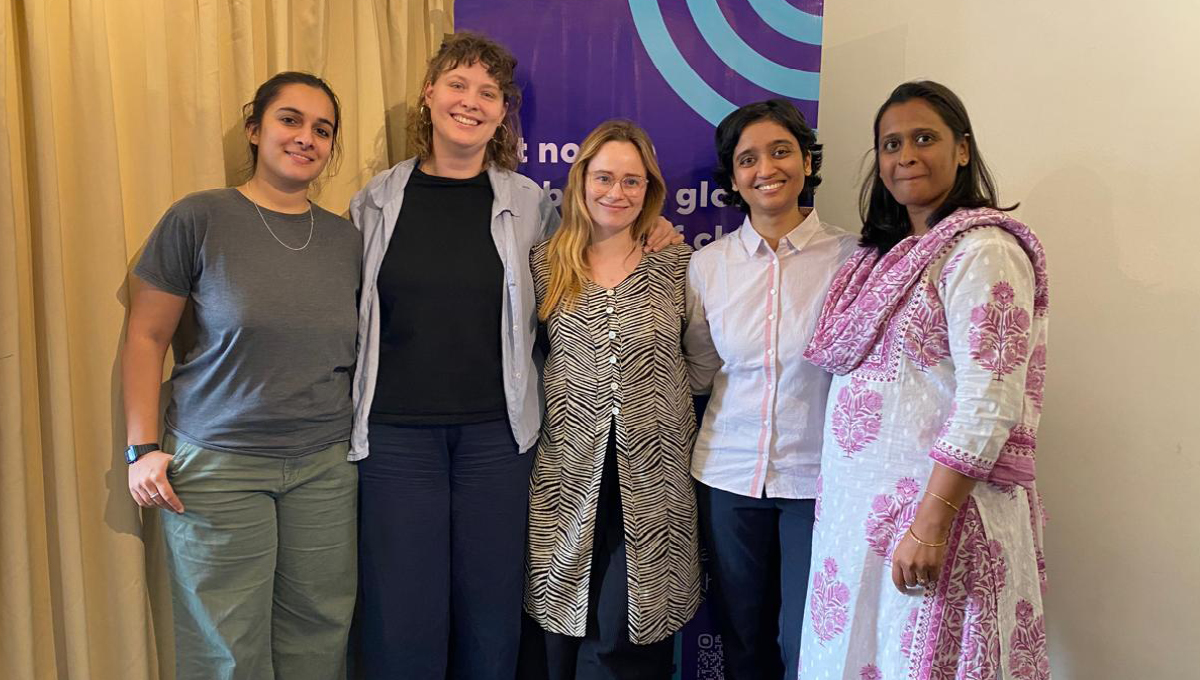ACT at EUSPR 2024: Prevention In & With Communities
The 15th EUSPR Conference was a perfect opportunity for ACT to host a research symposium on innovative approaches to preventing child sexual abuse and exploitation (CSAE). The presentations showcased the critical importance of community engagement in prevention efforts and highlighted a key truth: Prevention cannot happen in isolation.
Through a series of four presentations, researchers demonstrated how involving and understanding communities is paramount in creating effective CSAE preventive measures.
Breaking Barriers to Help-Seeking
The opening presentation from Charité – Universitätsmedizin Berlin representing the EU-Funded project Prevent & Protect Through Support (2PS) addressed the challenges faced by individuals with sexual interest in children when seeking help. By introducing a novel online platform, the presentation highlighted how technology can bridge the gap between those in need and preventive services. This approach underscores the importance of making support accessible within communities, reducing stigma, and encouraging proactive help-seeking behaviours.
Based on the input of experts and the target end user, key features of the platform will include:
- A service database that directs users to relevant support services based on their needs
- Anonymous, non-therapeutic chat functionality
- User-informed design considering elements such as language use and privacy features
The platform aims to provide a central location for information, allow users to select services that best suit their needs, and highlight gaps in existing services to policymakers. The platform is due to launch in late 2024.
Public Perceptions and Education
A compelling presentation on public perceptions of pedophilia in Portugal and Spain brought to light the crucial role of community education. The study, which involved a representative sample of 2,019 participants, revealed that while 97.3% of respondents claimed to know what pedophilia is, their definitions varied significantly:
- 53.9% defined it as sexual abuse of children
- 23.9% described it as sexual attraction to children
- 9.4% identified it as a mental disorder
These findings emphasize the need for education if we are to improve support services and policy responses.
Anonymous Online Therapeutic Interventions
The Czech National Institute of Mental Health, representing the EU-Funded STOP-CSAM project, introduced an online therapist chat service aimed at preventing the use of child sexual abuse material (CSAM). This anonymous, appointment-based intervention showcases how anonymous digital platforms can extend the reach of prevention efforts directly into communities. The service offers:
- Four 50-minute chat sessions with a professional over four weeks
- Availability in multiple languages (English, German, Czech, Spanish, and Portuguese)
Preliminary results show promising engagement, with 626 participants accepted into the program and 119 completing the intervention. This service exemplifies how engaging with individuals at risk can lead to meaningful uptake. The outcomes of the study are due to be finalised in early 2025.
Adapting Prevention Programs for Youth
The symposium concluded with a presentation on the adaptation of the “Responsible Behaviour with Younger Children” (RBYC) program for German adolescents. This cultural adaptation highlights the importance of tailoring prevention efforts to specific community contexts. The program features:
- A 5-session interactive curriculum delivered by teachers
- Focus on responsible behaviours, consent, and identifying safe adults
- Plans for implementation in 25 schools as part of a randomized controlled trial
By focusing on mitigating inappropriate sexual behaviours among youth, this program demonstrates how early engagement within communities can create lasting impact.
Conclusion
This symposium successfully illustrated that effective CSA prevention requires multi-faceted engagement with and within communities. From leveraging technology to provide accessible support, to educating the public and adapting programs for specific cultural contexts, each presentation underscored the vital role of community involvement.
The diverse approaches presented all share a common thread: they recognize that prevention cannot happen in isolation. Instead, it requires active participation from various community stakeholders, innovative use of technology, and a deep understanding of societal attitudes and needs. By continuing to develop community-centered, accessible, and culturally adapted interventions, we can create a more effective and comprehensive approach to prevention.
If you have ideas or ongoing projects that involve community-centred and causer-related prevention research, we would love to hear about it. Reach out to ACT here.




